By Sandhya Sridhar
History books have taught us just this much about the ‘fight for independence’ and ‘freedom at midnight’. Much has been written about the fall-out of independence – the partition of a once single land and an inter-connected culture into two, and the aftermath of this event.
This writer stumbled upon a book by one D. F. Karaka, a Parsi gentleman, who was editor of a magazine called ‘The Current’, which he started in 1949, which was ‘independent, non-party and anti-‘communal’, in his words. He had been editor of a magazine, ‘March’, which had once published a front page article titled, ‘The people say Congress Worse than the British’. Karaka was also known for documenting the history of his community in his book, ‘History of the Parsis’.
Karaka joined Lincoln College at the University of Oxford to study law in 1930. He was an active member of the of the Oxford Union holding a number of posts. He was then elected the first President of South Asian origin of the Oxford Union, the first Indian to hold that post. Incidentally, during the Covid-19 pandemic, the first India woman to hold that post, Rashmi Sawant, fell headlong into a controversy which devolved into why ‘Oxford was not ready for a Hindu president’. However, we digress.
Karaka sat for the Indian Civil Services exam and failed, but passed his Bar examination in the UK. He soon switched careers to pursue journalism, writing for the ‘Daily Herald’.
He returned to Bombay and was columnist, staff writer and special correspondent for the ‘Bombay Chronicle’. He worked as a war correspondent during World War II. He witnessed the surrender of Germany in the course of his work, travelling to Reims to witness the historical moment.
Karaka documented the events leading to India’s independence and wrote about it, as well as the deadly circumstance of partition, covering what happened in Kashmir and many other historical events of note in the sub-continent. These and more were documented in his book, ‘Betrayal in India’ published in 1950. Now a public resource and available for free download on https://archive.org/details/betrayalinindia00dfka this book is rich in journalistic documentation and history by Karaka, who self-confessedly is party agnostic.
How did freedom change the fate of ordinary Indians? How did the first years of being independent and a budding democracy impact life on the ground? Karaka gives us glimpses.
Documenting pre-Independence, he offers us views into the start of the civil war that was billed as ‘disturbances’ by news media, and the role of the All India Moslem League in this. He talks of the incidents in Noakhali in East Bengal, followed by the riots in the United Provinces, Punjab and Bombay. Then he says,
“To trace the origin of this civil war, one has to go back to the resolution of the All India Moslem League, which under the guidance of its leader, the late Mr. Jinnah, rescinded the League’s support of the British cabinet proposals and decided to launch a programme of Direct Action. Its object was to compel the acceptance of the League’s demand for Pakistan. The date of this resolution was June 29th, 1946, just a little before the jehad (holy war) broke out in Calcutta.
“It was never officially stated what direct action implied. Jinnah had hinted at civil war as a threat if his demand for Pakistan was not accepted, and his satellites publicly spoke of the “one hundred and one ways in which direct action would take shape”, always emphasizing that unlike the Congress, the League had never been committed to non-violence and that “Moslems knew well what they were to do”.

Photo credit: Wikimedia Commons | M. A. Jinnah with the founders of the Moslem League
He goes on to state that it is “quite clear in retrospect” that the “Moslem League had inspired the bands of ruffians who rushed about Calcutta in lorries assaulting and attacking hundreds of innocent Hindus in order to create fear and confusion”.
Karaka explains that there was a distinct pattern between in the way the Indian political scene evolved in tandem with the fortunes of the Muslim League, with things quietening down when the League came out successful in what it planned, and when it lost, there would be further riots.
He writes, “The Moslems who roamed the streets of Calcutta during the Great Calcutta Killing were heard to shout that they were killing in a holy war in the name of the Prophet.” He goes on to state that this was their true belief, and not a ruse that was political or power-led.
“The partition of India was,” writes Karaka, “therefore, not just a division of territory. It was the division of the mind.” And the greatest irony? “…the only man who was safe in the streets of Calcutta was the British soldier.”
Karaka’s work, especially ‘Betrayal in India’ is in the public domain and is deemed culturally important to civilisational memory.
Next: Blood and Betrayal: Partition

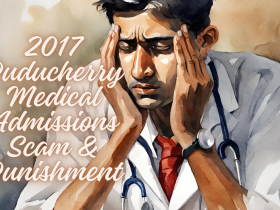
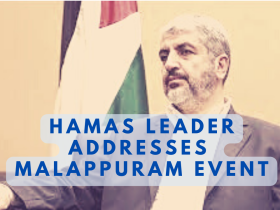
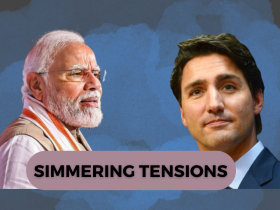
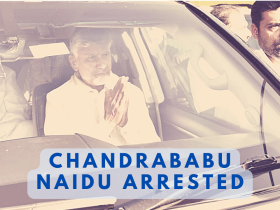
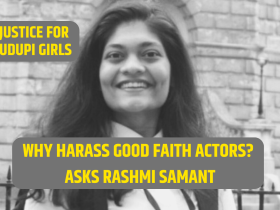
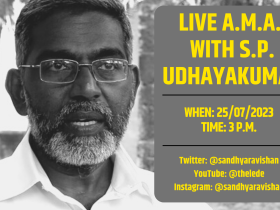


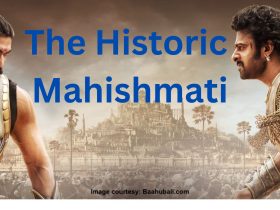

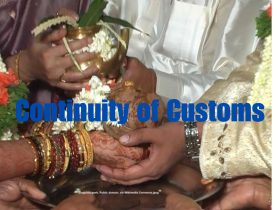

Leave a Reply